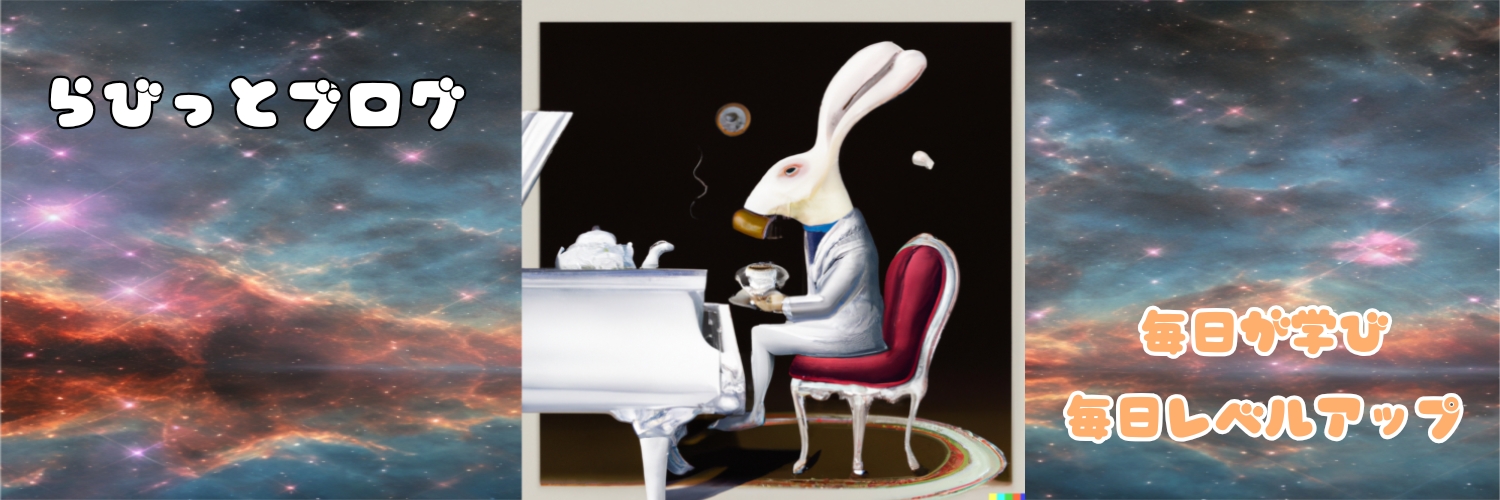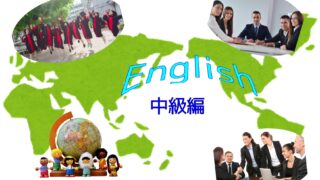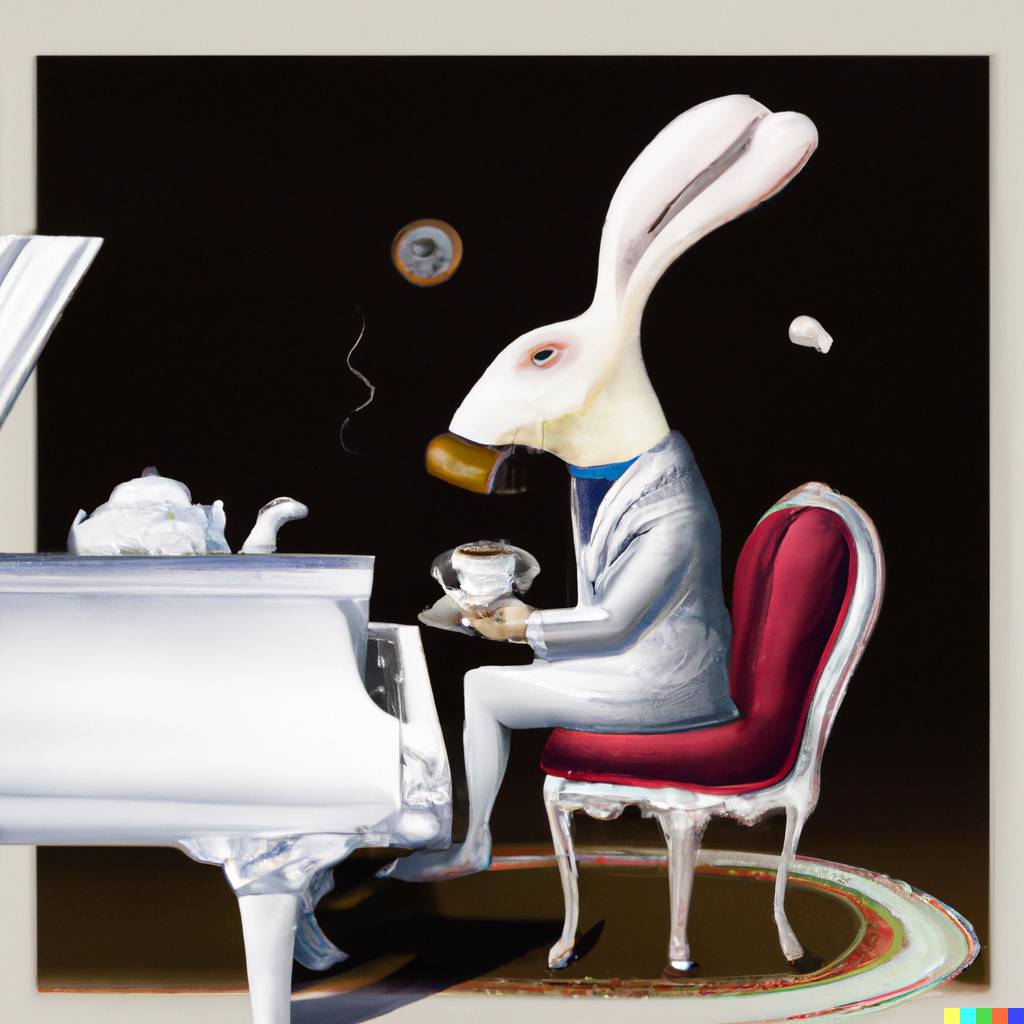英検2級レベルの英語長文問題を読み解きながら、ヨーロッパ文化研究の基本的な知識を身につけることが出来る問題集をkindleにて出版しました!

英語長文問題で読み解くヨーロッパ文化研究-30: ヨーロッパ文化研究の重要テーマを英語で読み解く (英語長文問題で読み解く学問シリーズ)
これまでに発売した英語の長文問題集の一覧はコチラから!
英語長文で読み解くヨーロッパ文化研究-30 の中身を公開!
以下、どんな内容になっているのかを公開します!
目次
はじめに
1.ルネサンス :14〜16世紀にイタリアを中心に発展した文化・芸術の復興運動。
2.啓蒙思想 :18世紀のヨーロッパで広がった理性と科学を重視する思想運動。
3.ロマン主義 :18〜19世紀に発展した感情や自然、個性を重視する芸術・思想運動。
4.ゲルマン文化 :中世ヨーロッパに影響を与えたゲルマン民族の伝統や習慣。
5.ケルト文化 :ヨーロッパ西部に広がった古代ケルト民族の文化。
6.民間伝承 :各国の伝統的な神話や伝説、童話などの口承文化。
7.封建制度 :中世ヨーロッパにおける土地を基盤とした支配体制。
8.産業革命 :18〜19世紀にイギリスを中心に起こった経済・社会の大変革。
9.フランス革命 :1789年にフランスで発生し、民主主義の礎を築いた革命。
10.中世騎士道 :中世ヨーロッパの騎士の道徳・礼儀を重視する精神文化。
11.第一次世界大戦 :1914-1918年にヨーロッパ中心に勃発した大規模な戦争。
12.第二次世界大戦 :1939-1945年にヨーロッパと世界を巻き込んだ戦争。
13.ラテン語 :古代ローマ帝国の公用語で、ヨーロッパの多くの言語の基盤となった。
14.ゲルマン語派 :英語、ドイツ語、オランダ語などの言語群。
15.ロマンス語派 :フランス語、イタリア語、スペイン語などラテン語由来の言語群。
16.モダニズム文学 :20世紀初頭のヨーロッパで発展した革新的な文学運動。
17.ギリシャ神話 :古代ギリシャの神々や英雄をめぐる物語体系。
18.北欧神話 :ヨーロッパ北部の神話体系で、ヴァイキング文化と関連する。
19.スコラ哲学 :中世ヨーロッパのキリスト教神学と哲学の融合。
20.実存主義 :サルトルやカミュが発展させた個人の自由を問う哲学。
21.ニーチェ哲学 :19世紀ドイツの哲学者ニーチェによる思想。
22.合理主義 :ルネ・デカルトに代表される理性を重視する哲学。
23.経験論 :フランシス・ベーコンなどによる知識の源泉を経験に求める哲学。
24.社会契約論 :ルソーやホッブズが提唱した国家と市民の関係を説く理論。
25.欧州統合 :ヨーロッパ諸国が経済・政治的に統合を進める動き。
26.ポストモダン文化 :20世紀後半のヨーロッパで発展した多様性を重視する文化潮流。
27.EUの政治動向 :ヨーロッパ連合の政治とその変化。
28.移民と文化融合 :異文化が共存するヨーロッパ社会の課題。
29.環境政策 :ヨーロッパにおける環境問題への取り組み。
30.デジタル文化 :ヨーロッパにおけるメディアとインターネットの発展。
1.ルネサンス :14〜16世紀にイタリアを中心に発展した文化・芸術の復興運動。
The Renaissance: A Cultural Rebirth in Europe
The Renaissance, a remarkable period of cultural, artistic, and intellectual growth, flourished in Europe from the 14th to the 17th century. Beginning in Florence, Italy, this transformative movement gradually spread throughout Europe, forever changing how people viewed themselves and the world around them. The term “Renaissance” itself means “rebirth” in French, reflecting the period’s revival of classical Greek and Roman culture after the Middle Ages.
One of the most significant aspects of the Renaissance was its emphasis on humanism, a philosophical and cultural movement that placed great importance on human potential and achievements. Unlike the medieval period, which focused primarily on religious matters, Renaissance thinkers celebrated human creativity, intelligence, and the ability to explore and understand the natural world. This shift in thinking led to remarkable developments in various fields, from art and architecture to science and literature.
The Renaissance produced numerous influential artists whose works continue to captivate people today. Leonardo da Vinci, perhaps the most famous Renaissance figure, exemplified the period’s ideal of the “Renaissance man” – someone skilled in many different areas. He was not only a brilliant painter, creating masterpieces like “The Last Supper” and “Mona Lisa,” but also an inventor, scientist, and anatomist. His detailed anatomical drawings and innovative mechanical designs were far ahead of their time.
Architecture during the Renaissance underwent dramatic changes as well. Filippo Brunelleschi revolutionized architectural design when he created the dome of Florence Cathedral, a masterpiece of engineering that remains one of the largest brick domes ever constructed. This achievement demonstrated how Renaissance architects combined mathematical precision with artistic beauty, often drawing inspiration from classical Roman buildings while developing new techniques.
The invention of the printing press by Johannes Gutenberg around 1440 marked another crucial development of this period. This innovation made books more accessible and affordable, leading to increased literacy rates across Europe. The printing press helped spread Renaissance ideas and learning far beyond Italy’s borders, contributing to the movement’s expansion throughout Europe.
The Renaissance also saw significant advances in science and exploration. Nicolaus Copernicus challenged the long-held belief that Earth was the center of the universe, proposing instead that the sun was at the center of our solar system. This heliocentric theory, though controversial at the time, laid the groundwork for modern astronomy. Meanwhile, explorers like Christopher Columbus and Vasco da Gama embarked on voyages that expanded European knowledge of the world, aided by improvements in navigation and shipbuilding.
Women’s roles began to change during the Renaissance, particularly among the upper classes. While they still faced many restrictions, some women gained access to education and became accomplished writers, artists, and patrons of the arts. Isabella d’Este, known as the “First Lady of the Renaissance,” was a respected intellectual and art collector who supported many artists and helped shape the cultural life of her time.
The Renaissance’s impact extended well beyond its immediate time period. Its emphasis on individual achievement, scientific inquiry, and human potential helped lay the foundation for modern Western civilization. The period’s artistic innovations, scientific discoveries, and philosophical ideas continue to influence how we think about human capability and creativity today.
注釈
- Renaissance (ルネサンス) – 文化復興、再生を意味する。14-17世紀のヨーロッパで起こった文化運動。
- Humanism (ヒューマニズム) – 人文主義。人間性や人間の価値を重視する思想・文化運動。
- Medieval (中世の) – 中世ヨーロッパに関連する時代や文化を表す。
- Anatomist (解剖学者) – 人体の構造を研究する専門家。
- Heliocentric (太陽中心説の) – 太陽を中心とする惑星の運動理論に関する。
- Patron (パトロン、後援者) – 芸術家や学者を金銭的に支援する人物。
- Cultural rebirth (文化的再生) – 文化の再興や復活を指す。
- Architectural design (建築設計) – 建物の設計や構造に関する計画。
- Intellectual (知識人、知的な) – 学問や思考を重視する人、または性質。
- Innovation (革新) – 新しい方法や考えを導入すること。
Questions
- What was the primary characteristic that distinguished the Renaissance from the medieval period?
A) The use of new building materials
B) The emphasis on human potential and achievement
C) The development of new languages
D) The focus on religious artwork - According to the passage, why was Leonardo da Vinci considered a “Renaissance man”?
A) He was born during the Renaissance period
B) He lived in various European countries
C) He was skilled in multiple fields of study
D) He painted religious subjects - How did Gutenberg’s printing press contribute to the Renaissance?
A) It made books more expensive and valuable
B) It limited the spread of new ideas
C) It increased literacy and spread Renaissance ideas
D) It was used primarily for religious texts - What was the significance of Brunelleschi’s dome of Florence Cathedral?
A) It was the first church built in Florence
B) It combined mathematical precision with artistic beauty
C) It was made entirely of marble
D) It was the smallest dome in Europe - Which statement best describes women’s status during the Renaissance?
A) They had complete equality with men
B) They were entirely excluded from education
C) Some upper-class women gained access to education
D) All women were encouraged to become artists - What role did Isabella d’Este play in the Renaissance?
A) She was a famous painter
B) She was a religious leader
C) She was an influential patron and intellectual
D) She was a military commander - How did Copernicus contribute to the Renaissance?
A) He invented the telescope
B) He proposed the heliocentric theory
C) He painted the Sistine Chapel
D) He designed new buildings - What does the term “Renaissance” literally mean?
A) Cultural movement
B) Artistic period
C) Rebirth
D) Golden age - Which city is mentioned as the starting point of the Renaissance?
A) Rome
B) Paris
C) Florence
D) Venice - What was one of the long-term impacts of the Renaissance according to the passage?
A) It led to the decline of European civilization
B) It helped lay the foundation for modern Western civilization
C) It caused the fall of the Roman Empire
D) It ended scientific inquiry
解答・解説
- ルネサンス期を中世から区別する主な特徴は何でしたか?
A) 新しい建築材料の使用
B) 人間の可能性と業績の重視
C) 新しい言語の発展
D) 宗教芸術への注目
正解:B
解説:本文では、中世が主に宗教的な事柄に焦点を当てていたのに対し、ルネサンス期は人間の創造性、知性、自然世界を探求する能力を称揚したと述べられています。これは人文主義(ヒューマニズム)の特徴を示しています。
- 本文によると、なぜレオナルド・ダ・ヴィンチは「ルネサンス人」と考えられていましたか?
A) ルネサンス期に生まれたから
B) ヨーロッパの様々な国に住んでいたから
C) 多くの分野で技能を持っていたから
D) 宗教的な主題を描いたから
正解:C
解説:本文では、ダ・ヴィンチが画家としてだけでなく、発明家、科学者、解剖学者としても優れていたと述べられています。これは彼が多分野で才能を発揮した「ルネサンス人」の理想的な例であることを示しています。
- グーテンベルグの印刷機はルネサンスにどのように貢献しましたか?
A) 本をより高価で価値のあるものにした
B) 新しいアイデアの普及を制限した
C) 識字率を向上させ、ルネサンスの思想を広めた
D) 主に宗教的な文書のために使用された
正解:C
解説:本文では、印刷機の発明により本がより入手しやすく手頃な価格になり、それによってヨーロッパ全体の識字率が向上し、ルネサンスの思想や学問がイタリアを超えて広がったと述べられています。
- ブルネレスキのフィレンツェ大聖堂のドームの重要性は何でしたか?
A) フィレンツェで最初に建てられた教会だった
B) 数学的な精密さと芸術的な美しさを組み合わせた
C) 完全に大理石で作られていた
D) ヨーロッパで最も小さなドームだった
正解:B
解説:本文では、このドームがルネサンス建築家たちがいかに数学的な精密さと芸術的な美しさを組み合わせたかを示す例として挙げられています。
- ルネサンス期の女性の地位について、最も適切な説明はどれですか?
A) 男性と完全な平等があった
B) 教育から完全に除外されていた
C) 上流階級の女性の一部が教育を受けられるようになった
D) すべての女性が芸術家になることを奨励された
正解:C
解説:本文では、特に上流階級の女性たちの中で教育へのアクセスを得た者がいたと述べられています。ただし、まだ多くの制限に直面していたとも説明されています。
と、このような感じで、30問の長文問題が一冊にまとまっております!
ヨーロッパ文化研究の重要テーマ、30問あります!
目次にもあるように、30個のヨーロッパ文化研究にまつわる重要テーマやキーワードを使い、長文問題を作りました。
ルネサンスの芸術革命、啓蒙思想の光、産業革命がもたらした社会の変容、そして現代の文化的多様性まで。本書では30の厳選されたテーマを通して、ヨーロッパ文化の発展を探求しながら、英語読解力を段階的に鍛えていきます。
英語力を向上させたい、かつ、ヨーロッパ文化の知識を得たい人にとって、最適な長文問題集となっております。
英語レベルは英検2級を目指している人にとって丁度いい塩梅。
文化の理解を深めることは、物事を多角的に捉える力を育み、世界への視野を広げる鍵となります。本書を手に取ることで、異文化を尊重し、自らの言葉で語る力を養うことができるでしょう。
タイパを重視して、ヨーロッパ文化の知識を得つつ、英語の読解力を向上させたい人は、ぜひ活用してみてください。

英語長文問題で読み解くヨーロッパ文化研究-30: ヨーロッパ文化研究の重要テーマを英語で読み解く (英語長文問題で読み解く学問シリーズ)
これまでに発売した英語の長文問題集の一覧はコチラから!
#英語 #リーディング力 #読解力 #多読 #多読用教材 #英検対策 #Kindle出版 #Kindle電子書籍 #Kindleペーパーバック #アマゾン #英語力 #英語長文問題で読み解く学問シリーズ #ヨーロッパ文化研究 #文化 #ヨーロッパ





-320x180.jpg)






コメント